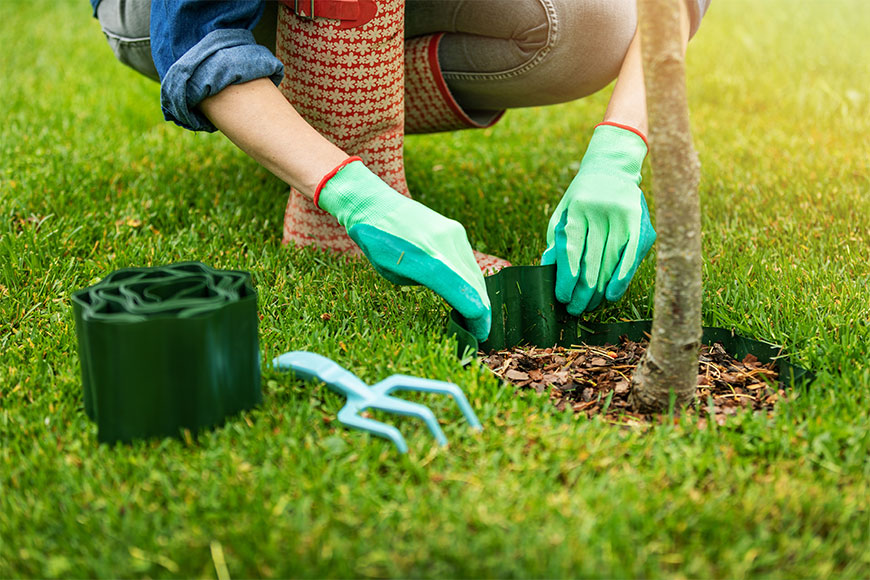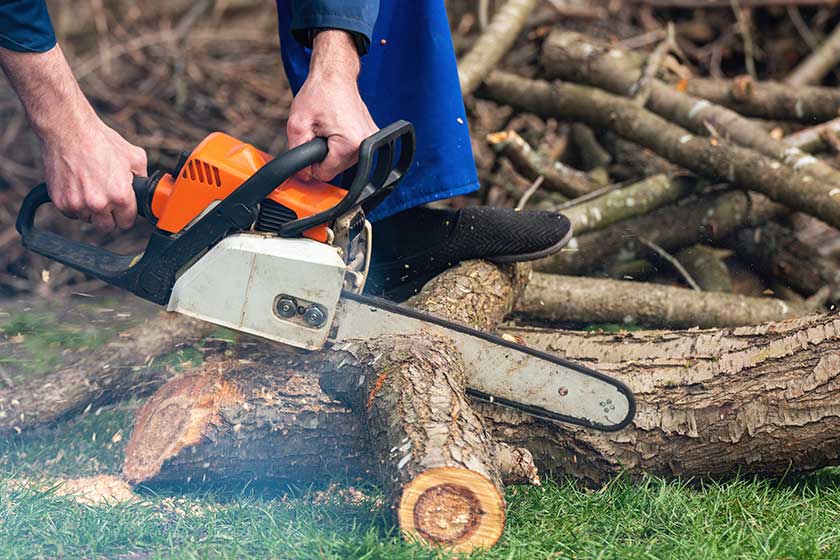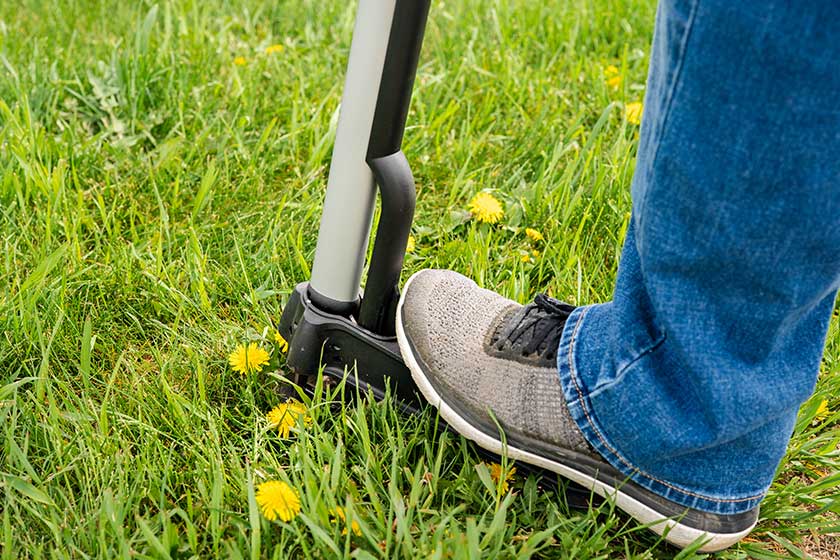When it comes to creating a vibrant and inviting landscape, planting trees is one of the most impactful steps you can take. Proper tree installation requires more than simply digging a hole and placing a sapling into the ground. With a thoughtful process, you can set your tree up for long-term health and beauty.
Covenant Landscapes believes that every tree planted contributes not only to the aesthetics of your property but also to the broader environment. If you’re planting your first tree or adding to an existing landscape, our guide will walk you through each step to achieve successful tree installation.
Choosing the Right Tree for the Right Place
Before planting, it’s important to carefully select the species of tree that will thrive in your particular location. Consider the climate, soil type, and sunlight exposure your property offers.
Additionally, think about the tree’s mature size and shape to avoid future issues with overcrowding, nearby structures, or power lines. Consulting with professionals can make this process smoother and help you make an informed decision.
Once you’ve chosen your tree, inspect its root system and trunk to make sure it’s healthy and disease-free. Look for strong roots that are free of rot and a sturdy trunk without signs of damage or decay. These factors play a significant role in guaranteeing the tree’s long-term vitality.
Preparing the Site
Proper site preparation is important for the tree’s success. Begin by clearing away any debris, weeds, or competing vegetation in the planting area. The goal is to create an environment where the tree can easily establish its roots without obstacles.
Next, dig a hole that is two to three times wider than the tree’s root ball but not deeper than the root ball itself. A wide hole allows roots to spread and grow outward, while a shallow depth makes sure the roots remain close to the surface for access to oxygen. As you dig, loosen the surrounding soil to promote root expansion and water absorption.
Placing the Tree
This step involves carefully positioning the tree in the prepared hole. Handle the tree gently to avoid damaging its roots or trunk. If the tree is balled and burlapped, remove any non-biodegradable material, such as plastic twine or wire, from the root ball. For container-grown trees, gently tease apart the roots to prevent them from circling and becoming root-bound.
Place the tree in the hole so the top of the root ball is level with or slightly above the surrounding ground. Positioning the tree at the correct height is important; planting too deeply can suffocate the roots while planting too shallowly can expose them to the elements. Take a moment to step back and make sure the tree is standing upright.
Backfilling and Watering
Once the tree is positioned, it’s time to backfill the hole with the soil you removed earlier. Use the native soil rather than amending it with additives. This encourages the roots to grow outward and adapt to their natural surroundings. Pack the soil lightly as you go, guaranteeing there are no air pockets that could dry out the roots.
After backfilling, water the area thoroughly to help settle the soil and give moisture to the roots. A slow, deep watering is most effective. It makes sure that the water penetrates to the full depth of the root ball. The initial watering is important for the tree’s establishment and helps to eliminate any remaining air pockets.
Adding Mulch
Mulching is a vital step that protects your tree and enhances its growing environment. Spread a 2-3 inch layer of organic mulch, such as wood chips or shredded bark, around the base of the tree. Be sure to leave a small gap between the mulch and the tree trunk to prevent rot or pest infestation.
Mulch helps regulate soil temperature, retains moisture, and suppresses weed growth. This will create the perfect conditions for root development. It also adds a polished look to your landscape while benefiting the tree’s health.
Staking and Initial Care
Not all newly planted trees require staking, but if your tree is in a windy area or has a weak trunk, staking can give the necessary support. Use flexible ties that won’t damage the bark, and remove the stakes after the tree is stable, typically within the first year.
In the first few weeks after planting, monitor your tree closely. Water it consistently but avoid overwatering, as this can lead to root rot. Look for signs of stress, such as wilting leaves or yellowing, and address any issues promptly. Early care sets the foundation for long-term health.
Long-Term Maintenance
Tree installation is just the beginning of a tree’s journey. Ongoing maintenance is making sure that your tree grows strong and healthy. Prune dead or damaged branches as needed, but avoid heavy pruning during the first year. Fertilize sparingly, as excessive fertilization can stress young trees.
Keep an eye on pests and diseases, as young trees are particularly vulnerable. Regular inspections will help you catch and address problems early. With proper care, your tree will reward you with shade, beauty, and environmental benefits for years to come.
Partner with Covenant Landscapes
Covenant Landscapes specializes in tree installation, design, and tree removal, bringing expertise and care to every project. Our team is committed to helping you create a thriving landscape through our dedication to customer service, honesty, and integrity.
If you’re planting a single tree or transforming your outdoor space, we’re here to guide you every step of the way. Ready to plant the tree of your dreams? Contact us today to get started. Together, we’ll grow something beautiful.



